Chapter 8
The Romans
By Boundless
During the Roman Republic, members of all social classes used a variety of sculptural techniques to promote their distinguished social statuses.

Roman architecture relies heavily on the use of concrete and the arch to create unique interior spaces and architectural forms.
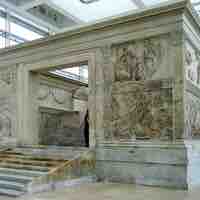
Augustan art served a vital visual means to promote the legitimacy of Augustus's power, and the techniques he employed were incorporated into the propaganda of later emperors.
The Julio-Claudian and Flavian dynasties of the early Roman Empire oversaw some of the best-known building projects of the era.
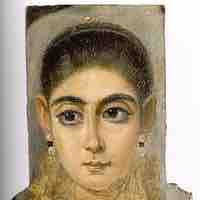
Roman frescoes were the primary method of interior decoration and their development is generally categorized into four different styles.
The eruption of Mount Vesuvius in 79 CE preserved many structures in the city of Pompeii, allowing scholars a rare glimpse into Roman life.
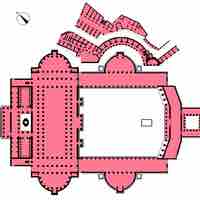
The emperors Trajan and Hadrian were the two most prolific emperors who constructed buildings during the Nervan-Antonine dynasty.
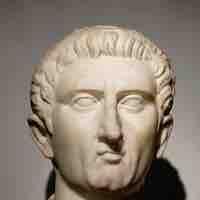
Imperial portraiture of men and women in the early- to mid second century reflects increasing austerity and interest in the Greeks.
The monuments dedicated to the reigns of Trajan, Antoninus Pius, and Marcus Aurelius emphasize their military achievements, divinity, and public works.
Hadrian was a great lover of architecture; the buildings he designed reflect these attributes of his character.
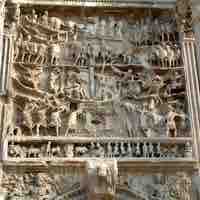
The Severan Dynasty was the last stable period of imperial reign over the Roman Empire until that of Constantine.
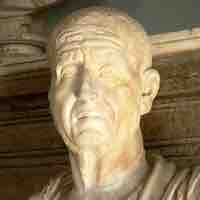
The Dominate Period, when warring generals controlled Rome, was a time marked by insecurity, anxiety, and a rapid succession of emperors.
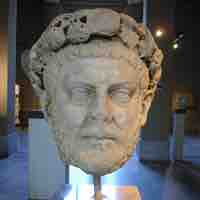
Emperor Diocletian institutionalized the Tetrarchy, a co-rule that re-established stability in the empire for the period of Diocletian's reign.
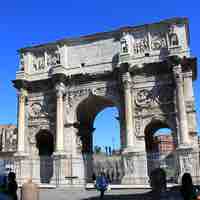
Constantine seized sole power over Rome, establishing authority and stability. He then moved the capital from Rome to Constantinople.
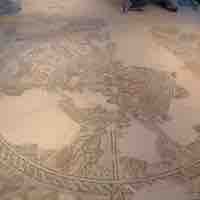
Early Jewish artforms included frescoes, illuminated manuscripts and elaborate floor mosaics.
Early Christian, or Paleochristian, art was created by Christians or under Christian patronage throughout the second and third centuries.
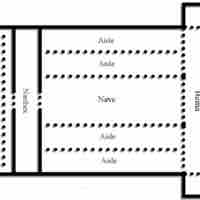
After their persecution ended, Christians began to build larger edifices for worship than the meeting places they had been using.
Despite an early opposition to monumental sculpture, artists for the early Christian church in the West eventually began producing life-sized sculptures.